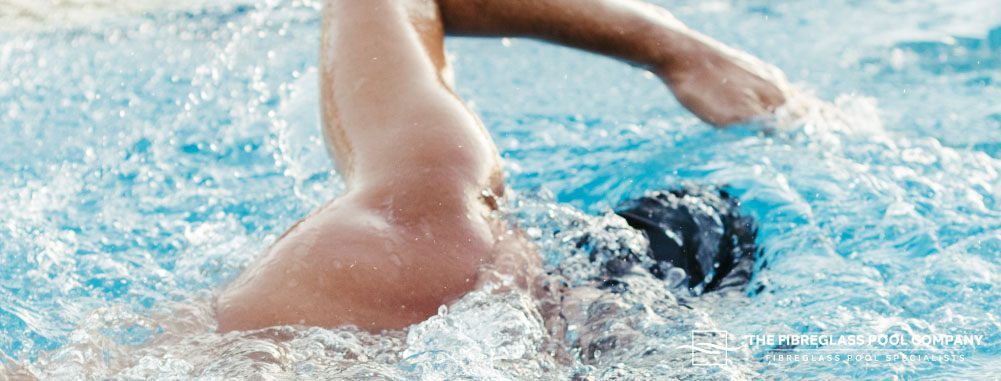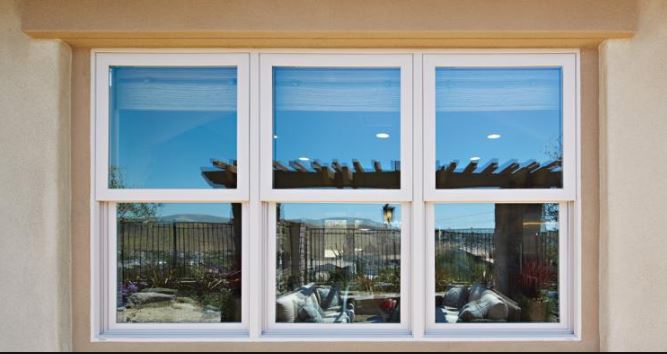5 Most Common Commercial Roofing Types
Commercial buildings require durable and reliable roofing systems to protect their assets and occupants from the elements. Understanding the different types of commercial roofing options available is crucial for property owners and managers looking to make informed decisions about their building’s roof.
Introduction to Commercial Roofing
It may not be the most glamorous feature of a structure, but it plays a crucial role in keeping everything underneath safe and dry. In this article, we’ll peek at the variety of roofing types commonly used in commercial buildings, so you can impress your friends at dinner parties with your newfound knowledge of all things roofing.
Understanding Commercial Roofing Systems
Before we dive into the nitty-gritty of specific roofing types, let’s lay down the basics. Commercial roofing systems are specially designed to cover large areas like office buildings, warehouses, and shopping centers. Professionals provide commercial roofing services that can ensure you get the type of roof that works best for your property. These need to withstand the elements and provide proper insulation.
- Built-Up Roofing (BUR)
Ever heard of a Built-Up Roofing system? It’s a popular roofing choice for many commercial buildings. Layers of tar and gravel or asphalt are piled on top of one another to create a sturdy roofing system that can stand the test of time.
- Composition and Installation – Built-Up Roofing system consists of alternating layers of bitumen and reinforcing fabrics. Installation involves heating and melting the layers together to create a seamless, watertight barrier. Read more here. It’s like the roof is giving itself a warm, cozy hug.
- Advantages and Disadvantages – On the bright side, Built-Up Roofing is durable, fire-resistant, and can handle foot traffic like a champ. However, all those layers can make repairs a bit of a headache, and the system may be on the heavier side, which could be a concern for some buildings.
- Single-Ply Membrane Roofing
If Built-Up Roofing is the layer cake of commercial roofing, then Single-Ply Membrane Roofing is the sleek, modern cupcake. These roofing systems consist of flexible sheets that are rolled out and attached to the roof, providing a clean and efficient solution for many commercial properties.
Types of Single-Ply Membranes
There are different types of Single-Ply Membranes, like TPO (Thermoplastic Olefin), EPDM (Ethylene Propylene Diene Terpolymer), and PVC (Polyvinyl Chloride). Each type offers unique benefits, so you can choose the one that best suits your building’s needs.
Installation Process
Installing Single-Ply Membrane Roofing (https://ibhs.org/guidance/ricowi-roof-guide-single-ply-membrane/) is like spreading frosting on a cake – smooth and satisfying. The sheets are laid out, heat-welded or glued together, and voila! You’ve got yourself a watertight roof that’s ready to face whatever Mother Nature throws its way.
- Metal Roofing
Sleek, durable, and oh-so-stylish, metal roofs are like the leather jacket of the building industry. They not only offer superior protection but also look pretty darn cool while doing it.
Types of Metal Roofing Materials
From classic steel to trendy copper and everything in between, metal roofing comes in various materials to suit different styles and budgets. Whether you’re going for an industrial look or a touch of elegance, there’s a metal roofing material for you.
Benefits of Metal Roofing
Metal roofing is lightweight, long-lasting, and oh-so-versatile. It can withstand harsh weather conditions, reflect sunlight to keep your building cool, and maybe even make your neighbors a little jealous of your snazzy roof. Sure, it may cost a bit more upfront, but hey, you get what you pay for – and with metal roofing, you’re paying for excellence.
- Modified Bitumen Roofing
Features and Application
Modified Bitumen Roofing is tough, flexible, and built to withstand the elements. Click this link to know more. It’s made up of layers of asphalt and rubber modifiers, providing excellent durability and weather resistance. This type of roofing is typically installed using heat to seal the seams, creating a watertight barrier that can handle everything from scorching summers to icy winters.
Pros and Cons
Pros: Great durability, excellent weather resistance, easy maintenance.
Cons: Can be a bit pricey compared to other options, installation might require professional help.
- Green Roofing Systems
Overview of Green Roof Benefits
Green Roofing Systems bring a touch of nature to your commercial building, offering a range of benefits like improved insulation, reduced energy costs, and even creating a habitat for wildlife. They help combat urban heat islands, improve air quality, and add a splash of green to an otherwise gray landscape.
Types of Green Roof Systems
From intensive systems with lush gardens to extensive systems with low-maintenance vegetation, there’s a green roof solution for every building. Whether you want a rooftop oasis or just a simple eco-friendly option, you can find a green roof system that suits your needs.
Roof Coating Systems
Function and Benefits
Roof Coating Systems are like a shield for your commercial roof, protecting it from the harsh elements and extending its lifespan. These coatings can help reflect sunlight, reducing energy costs by keeping your building cooler. They also provide a waterproof barrier, preventing leaks and water damage.
Types of Roof Coatings
There are various types of roof coatings available, including acrylic, silicone, and polyurethane coatings. Each type has its specific advantages, such as flexibility, UV resistance, and ease of application. Choosing the right roof coating depends on factors like climate, budget, and desired longevity.
Conclusion and Choosing the Right Roofing Type
When it comes to choosing the right commercial roofing type, consider factors like budget, climate, maintenance requirements, and the overall goals for your building. Whether you opt for the durability of Modified Bitumen Roofing, the eco-friendliness of Green Roofing Systems, or the protective coating of Roof Coating Systems, make sure to select a roofing type that suits your needs and keeps your building secure for years to come. Because a good roof is like a good joke – it should always stay up and never let you down!
In conclusion, selecting the appropriate commercial roofing type is essential for ensuring the longevity and performance of your building. By considering factors such as durability, maintenance requirements, and cost-effectiveness, you can make an informed decision that meets the specific needs of your commercial property. Whether you opt for Built-Up Roofing, Single-Ply Membrane, Metal Roofing, Modified Bitumen, Green Roofing, or Roof Coating Systems, each type offers unique advantages that cater to different building requirements. Ultimately, investing in a quality roofing system will provide peace of mind and protection for years to come.


:strip_icc()/BEHR_25.03_COLORTRENDS_TC_LIV_101c-38834c32890e4cae975ce7030623f632.jpg)

